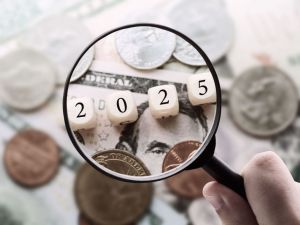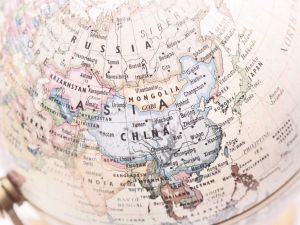Monetary policy has turned into headline news of late. The Bank of England has halved interest rates to 0.25%, the European Central Bank has started an aggressive bond buying programme, and the world is on the edge of its seats waiting for the Federal Reserve to put US interest rates up.
Monetary policy is all about the supply of money in the system, it is the macroeconomic policy laid down by the central banks. The central banks look at interest rates and other measures to reach macroeconomic objectives such as inflation to ensure price stability and trust in the currency of that country.
Monetary policy in 2016
Central banks are coming to the realisation that their monetary policy is not having the impact it once had. Across the globe interest rates have been close to zero, or even negative, since the financial crisis. Seven, or in some cases more, years of low interest rates have had some unintended consequences on the global economy.
Monetary policy is now pushing speculative behaviours, markets and corporations are operating from announcement to announcement. Decisions are based on the next central bank move rather than the usual fundamentals of economics.
That means the large corporations are taking advantage of the low interest rates; cheap leverage (debt) can be obtained and then used to buy back their own stock, in theory giving company executives more of an incentive to perform. Historically, this cheap leverage was used to invest in growth, or capital expenditure; activities which were likely to create jobs and provide a boost to the economy, rather than lining the pockets of shareholders.
Has monetary policy reached its limit?
In the last few months evidence has emerged that monetary policy may have reached its limit. Banks are being crushed by the low interest rates as they make little profit, that reduces their incentive to lend, and therefore restricts economic growth.
The global economy is also famously in a period where the world needs to de-leverage, or reduce debt. But a report from the International Monetary Fund last week showed that the reality is that the world is re-leveraging. Debt is cheap, so there’s very little incentive to reduce it.
At this stage of the economic cycle monetary policy should be facilitating a smooth transition from a low growth and high debt environment, to a medium growth and low debt environment. Monetary policy has been stretched for so many years that this is a difficult goal to achieve. Asset bubbles are being created but there is no real growth, and this is reflected in low interest rates.
What next for the global economy?
One alternative would be fiscal stimulus from governments around the world, yet many have high national debt making this difficult to achieve. Investors everywhere need to know how to navigate different economic cycles. It is widely acknowledged that asset allocation is a key driver of returns, and a balance of equity, bonds and commodities is needed to deliver performance. There is no one asset class that will be the silver bullet, and in a world of diminishing returns, where interest rates are at an all-time low, diversification is key.





